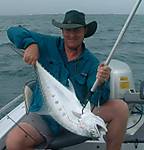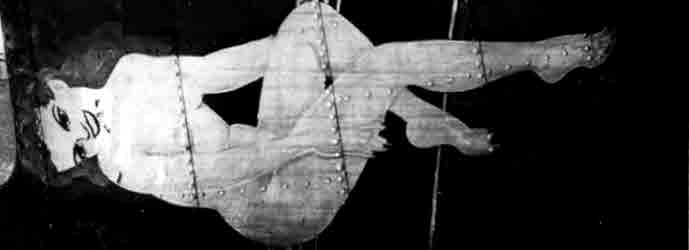@ Brian: Thank you. Yes, the wings are a little fiddly, maybe because of their sheer weight. If you glue the upper seam first to the fuselage, you have a good chance to get afterwards a good fit on the lower seams.
@ Joel: I'm pretty much aware of the difference. Now a lesson I learnt from my experience: in their promotional paint sets, Testors recommend the use of medium gray as primer. I gave it a try. It worked so well, that I keep using the light flat gray as primer ever since. The bite on plastic is far better than acrylic dedicated primers and sands very well. Anyhow, for interiors, as in this build case, I don't shy away in using Vallejo light gray. Observation: I also tried flat white and flat black from Testors in primer role - both failures; the white peels away as bad as acrylic paints; the black pigment is too "grainy" and you need a lot of sanding for smoothness. Another failure: lacquer primer from Alclad. Literally refuses to spray - I found that it "swells" the airbrush o-rings so badly, the needle barely can move. I just bought couple new airbrushes - time for another try. I also used a home-made enamel primer distilled from Rustoleum gray primer (can). It works superbly but is difficult to strain and has a tendency to separate when diluted over 2:1. For hand painting I use sometimes enamel silver as primer, especially when I'm painting "engine parts" or "tools," followed by acrylics. Never yet failed. Another argument: I've read in a modelling book published by ISM (I can't remember exactly the title, but I think it was
Detailing of Scale Model Aircraft). The author sprays every single model with silver first, regardless of final livery, because - he says - is the best way to see the minor imperfections (sinks, rough areas, so forth), after that carries over in the classic way: primer, base coat etc., without removing the silver underneath. Final argument: I always try my primer / base coat combo on a plastic spoon; if it works there, it works anywhere.
Thank you for raising the question - it is the best way to enrich our experiences from others'. I guess I've learnt more from blogs, books and YT than from personal experience.
@ Gaz: Thank you for positive input. Certainly, I hate masking!
@ Ernest: Thanks! I've had one daunting experience with a Roden kit from which I've learnt a lot.
@ Paul: Believe me, I re-organized my bench with this build: all my "auxiliary tools" and less used items had to move against the wall, in a special built cabinet. Still I keep banging the wings against the desk lamp! I need badly a hobby stand, impossible to find on my God forgotten island. I'm going to order one online, someday.
@ Eirik: Thank you for stopping by, Eirik. Well, that "forest green" interior has a story of its own. Since the beginning of this build, I was advised that under the clear parts, the color looks much darker than under naked eye. Other valuable contributions from the blog followers indicated three colors as possible for a B17G interior: bare aluminum (most probable), dark green (hard to tell
which green, based on photographic references) or chromate green (least probable). I was very much undecided - I didn't like to much bare aluminium idea, but I couldn't go too wild neither... I called the owner of the kit and after a 10 minutes conversation, he decided for the green (to my big relief)... Indeed, I hope it will make a nice contrast with the green chromate in enclosed visible areas.
Thank you very much for following, posting and constructive criticism.
Cheers!
Gabriel







































































